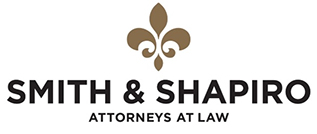A natural person’s personally held assets are owned separate from and outside of the corporation. In order for the “corporate shield” to effectively insulate an individual from personal liability for corporate debts, a number of steps must be taken to ensure that the benefits of the corporate formation selected are properly created, maintained, and terminated (when appropriate). The corporation is created under the applicable state laws, but Federal as well as possible International reporting, registration, tax, and other requirements must be maintained during the life of the corporation in order to secure the personal asset protection benefits of the limited liability corporation. Also, additional legal documents must be created in conjunction with the ownership and operations or a corporation. Some examples include Buy-Sell Agreements, stockholder agreements, and many different types of legal contracts.
If the appropriate legal, accounting, financial reporting, record keeping and other requirements imposed on corporations are not done in the proper and timely manner, the legal separation and insulation of corporate liabilities from the owner’s personal assets can be destroyed. This may be referred to as, “breach of the corporate veil”, and means that creditors or others can legally seek to claim for themselves the personal assets of the owner(s) of the corporation, even though these assets are not, in fact, owned by the corporation itself. This can occur in cases where the corporation is subject to criminal or civil liability, bankruptcy, fraud, or other adversarial legal proceedings against the corporation. If the proper steps are not taken to protect the corporation and insulate the owner(s) assets from corporate liability, creditors may be able to seek to seize some or all of the personal assets of the owners or officers of a corporation.



